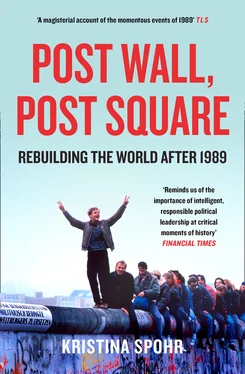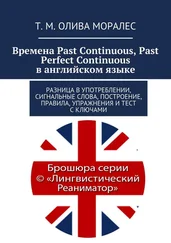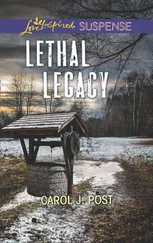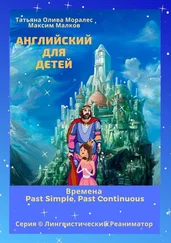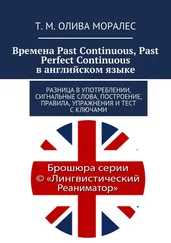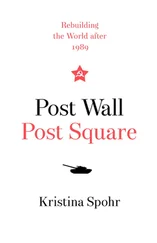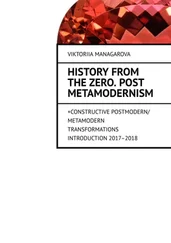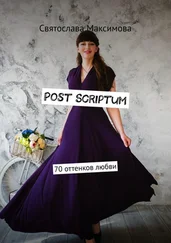What made that point transparently clear was the brief instant on 22 December – a rainy Friday afternoon just before the Christmas holiday – when Kohl and Modrow formally opened crossing points at the Brandenburg Gate. Watching the people celebrating the unity of their city, Kohl exclaimed: ‘This is one of the happiest hours of my life.’ For the chancellor at the end of that momentous year – less than a month after his Ten Point speech – Dresden and Berlin were indeed memories to savour.[159]
*
The end of 1989 was not happy for everyone, of course. As the Western world ate its Christmas dinner, TV screens were full of the final moments of Nicolae and Elena Ceaușescu. The absolute ruler of Romania for twenty-four years and his wife were executed by soldiers of the army that, until just a few days before, he had commanded.
Romania was the last country in the Soviet bloc to experience revolutionary change. And it was the only one to suffer large-scale violence in 1989: according to official figures 1,104 people were killed and 3,352 injured.[160] Here alone tanks rolled, as in China, and firing squads took their revenge. This reflected the nature of Ceaușescu’s highly personal and arbitrary dictatorship – the most gruesome in Eastern Europe. Having gone off on his own from Moscow since the mid-1960s, Ceaușescu had also stood apart from Gorbachev’s reformist agenda and peaceful approach to change.
So why, in this repressive police state, had rebellion broken out? Unlike the rest of the bloc, Ceaușescu had managed to pay off almost all of Romania’s foreign debts – but at huge cost to his people: cutting domestic consumption so brutally that shops were left with empty shelves, homes had no heat and electricity was rationed to a few hours a day. Meanwhile, Nicolae and Elena lived in grotesque pomp.
Despite such appalling repression, their fall was triggered not by social protest but by ethnic tensions. Romania had a substantial Hungarian minority, some 2 million out of a population of 23 million, who were treated as second-class citizens. The flashpoint was the western town of Timişoara where the local pastor and human-rights activist László To˝kés was to be evicted. Over the weekend of 17–18 December some 10,000 people demonstrated in his support, shouting ‘Freedom’, ‘Romanians rise up’, ‘Down with Ceaușescu!’ The regime’s security forces (the Securitate) and army units responded with water cannons, tear gas and gunfire. Sixty unarmed civilians were killed.[161]
Protest now spread through the country as people took to the streets, emboldened by the examples of Poland, Hungary and East Germany. The regime hit back and there were lurid reports of perhaps 2,000 deaths. On 19 December, the day Kohl was in Dresden, Washington and Moscow independently condemned the ‘brutal violence’.[162]
In Bucharest, Ceaușescu, totally out of touch with reality, sought to quell the chaos through a big address to a mass crowd on 21 December, which was also relayed to his country and the world on television. But his show of defiance was hollow. On the balcony of the presidential palace, the great dictator, now seventy-one, looked old, frail, perplexed, rattled – indeed suddenly fallible. Sensing this, the crowd interrupted his halting speech with catcalls, boos and whistles – at one point silencing him for three minutes. The spell had clearly been broken. As soldiers and even some of the Securitate men fraternised with the protestors in the streets, the regime began to implode. Next morning the Ceaușescus were whisked away from the palace roof by helicopter, but they were soon caught, tried by a kangaroo court and shot – or rather, mown down in a fusillade of more than a hundred bullets. Their blood-soaked bodies were then displayed to the eager cameramen.[163]
But Romania was 1989’s exception. Everywhere else, regime change had occurred in a remarkably peaceful way. In neighbouring Bulgaria, Todor Zhivkov – who boasted thirty-five years in power, longer than anyone else in the bloc – had been toppled on 10 November. Yet the world hardly seemed to notice because the media was mesmerised by the fall of the Wall the night before. In any case, this was simply a palace coup: Zhivkov was replaced by his foreign minister Petar Mladenov. It was only gradually that people power made itself felt. The first street demonstrations in the capital, Sofia, began more than a week later on 18 November, with demands for democracy and free elections. On 7 December, the disparate opposition groups congealed as the so-called Union of Democratic Forces. Under pressure, the authorities decided to make further concessions: Mladenov announced on the 11th that the Communist Party would abandon its monopoly on power and multiparty elections would be held the following spring. Yet the sudden ousting of Zhivkov did not produce any fundamental transfer of power to the people, as in Poland, or a radical reform programme, as in Hungary. Hence the preferred Bulgarian term for 1989: ‘The Change’ ( promianata ). In a few weeks, the veritable dinosaur of the Warsaw Pact had been quietly consigned to history.[164]
Most emblematic of the national revolutions of 1989 was Czechoslovakia. The Czechs witnessed the GDR’s collapse first-hand, as the candy-coloured Trabis chugged through their countryside and the refugees flooded into Prague.
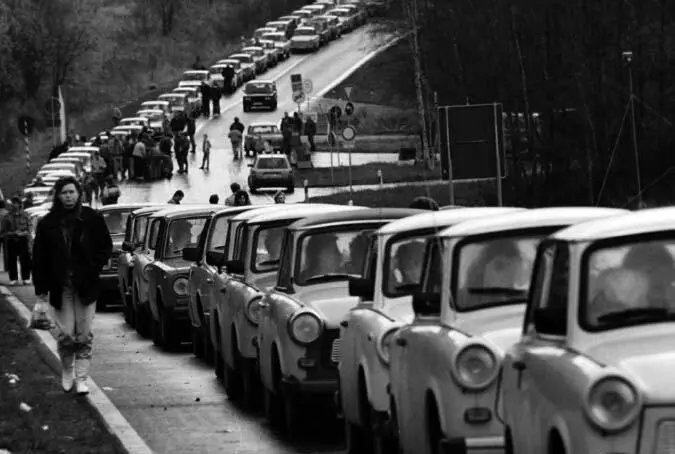
Driving to freedom: Trabis in Czechoslovakia
But their own communist elite had an uncompromisingly hardline reputation and so change came late to Czechoslovakia. Indeed, Miloš Jakeš, the party leader, had rejected any moves for reform from above, as in Hungary and Poland. Yet there was context. Memories of 1968 – only two decades earlier – were still vivid and painful. But then they were galvanised by the scenes at the Berlin Wall on 9–10 November. A week later, on the 17th, the commemoration for a Czech student murdered by the Nazis fifty years before, rapidly escalated into a demonstration against the regime which the police broke up with force. This was the spark. Every day for the next week, the student protests mushroomed – drawing in intellectuals, dissidents and workers and spreading across the country. By the 19th the opposition groups in Prague had formed a ‘Civic Forum’ (in Bratislava, the capital of Slovakia, the movement was called ‘Public against Violence’) and by the 24th they were in talks with the communist government – which was now dominated by moderates after the old guard around Jakeš had resigned. The two key opposition figures – each in his own way deeply symbolic – were the writer Václav Havel, recently released from imprisonment for dissident activities as a key member of the Charter 77 organisation – and the Slovak Alexander Dubček, leader of the Prague Spring in 1968. The formal round-table negotiations took place on 8 and 9 December. The following day President Gustáv Husák appointed the first largely non-communis government in Czechoslovakia since 1948, and then stepped down.[165]
The pace of change had been breathtaking. On the evening of 23 November Timothy Garton Ash – who had witnessed Poland’s upheavals in June and then the start of Czechoslovakia’s revolution – was chatting to Havel over a beer in the basement of Havel’s favourite pub. The British journalist joked: ‘In Poland it took ten years, in Hungary ten months, in East Germany ten weeks; perhaps in Czechoslovakia it will take ten days!’ Havel grasped his hand, smiling that famous winning smile, summoned a video team who happened to be drinking in the corner, and asked Garton Ash to say it again, on camera. ‘It would be fabulous, if it could be so,’ sighed Havel.[166] His scepticism was not unwarranted. Admittedly the revolution took twenty-four days not ten, but on 29 December Václav Havel was elected president of Czechoslovakia by the Federal Assembly in the hallowed halls of Prague Castle.
Читать дальше
